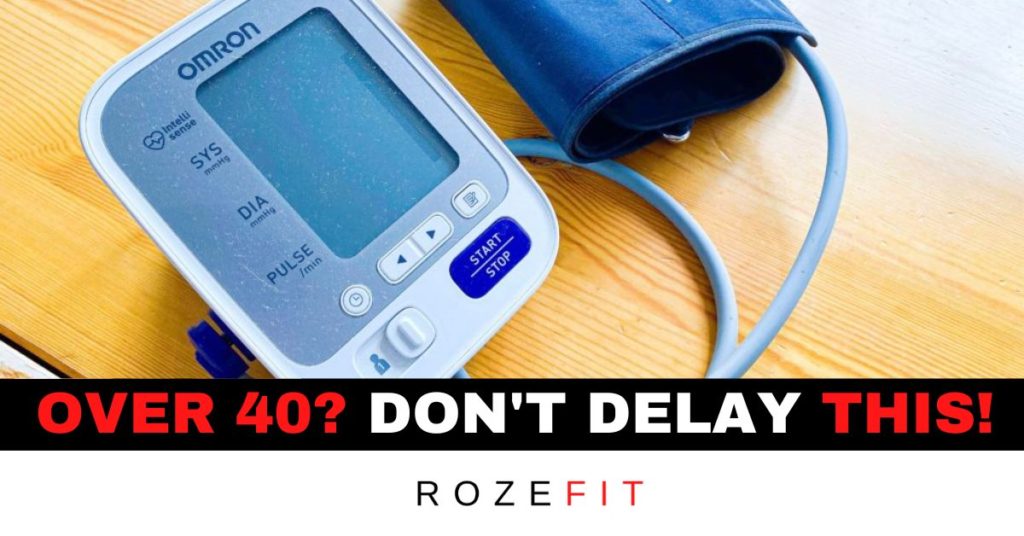Cardiovascular disease is the leading cause of death and your risk exponentially increases as a function of age.
In particular, after age 40, the prevalence of cardiovascular disease increases significantly and so does your mortality risk as you can see in the table below taken from the National Vital Statistics Report.
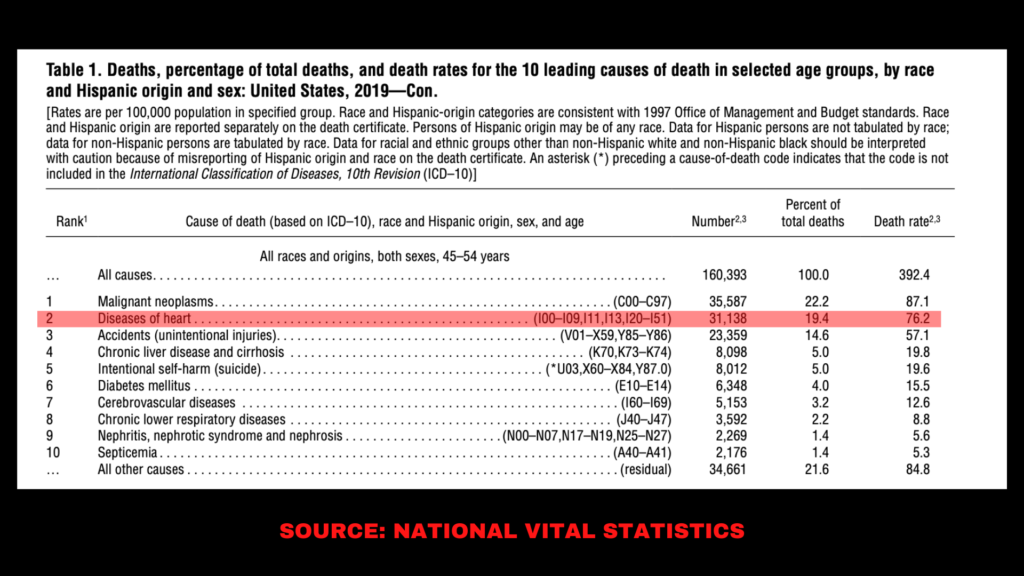
However, heart disease does not just happen out of the blue.
It is a cumulative process that begins as early as our adolescent years!
You can see the evidence for this in the figure below which displays lesion progression by decade.
I know it looks complicated but just notice that lesion types 1&2 start in the first decade of life!
These lesions are the progression of atherosclerotic disease, that is arterial damage – aka heart disease.
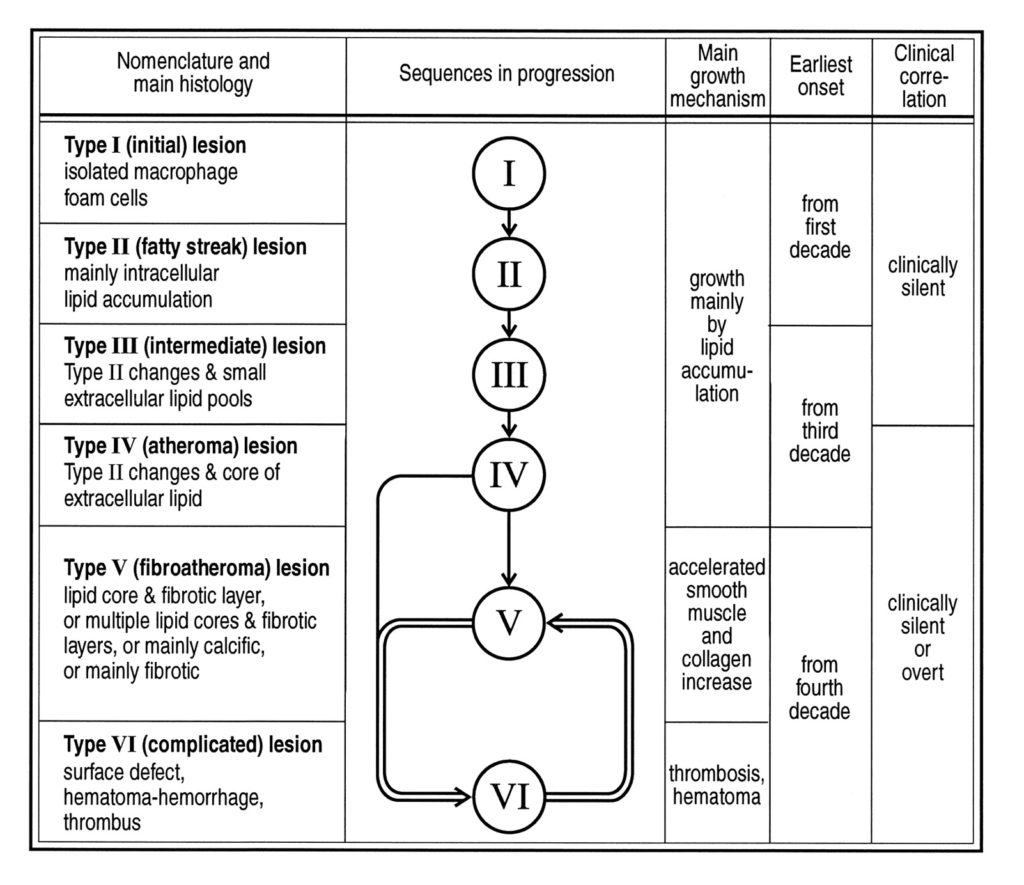
I know this sounds hard to believe but, take this picture of an otherwise healthy 29 year old subject that died of a gunshot wound.
Upon autopsy examination, it was revealed that they had the beginning stages of atherosclerotic cardiovascular disease.
This is not an exception to the rule.
If you autopsied most 20 year olds you would find the beginning stages of atherosclerotic disease.
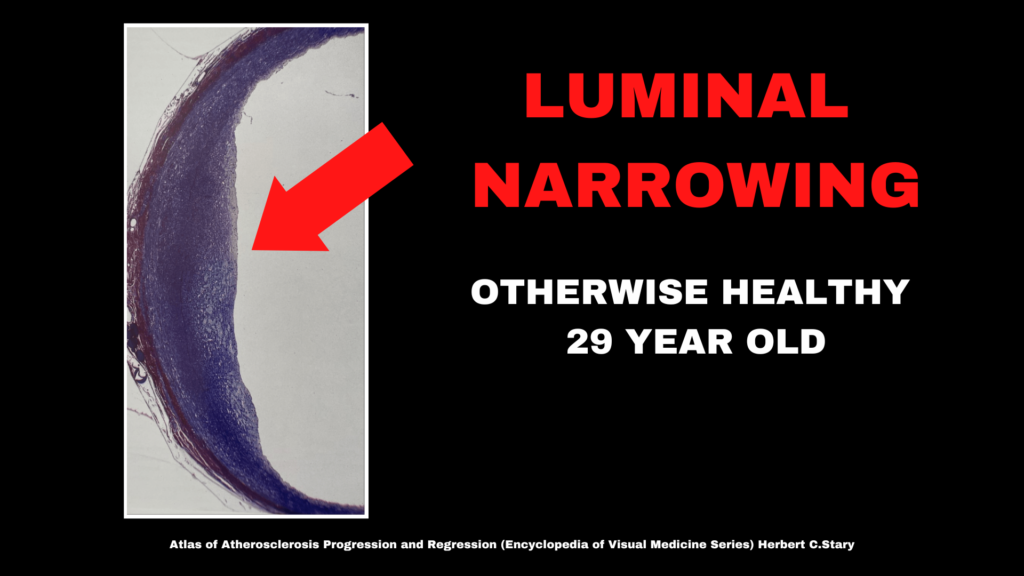
Major Risk Factor: High Blood Pressure
There are so many risk factors to heart disease, but a significant one is high blood pressure.
Bottom line is this.
If you are over 40, you are already at significant risk because of your age.
But if you keep your blood pressure in check, you will obliterate high blood pressure as a risk factor and thereby keep your risk low of developing heart disease.
It’s super easy and literally everyone should be monitoring their blood pressure.
Here is how I do it and here is how my clients keep their blood pressure in check.
Don’t Rely on Your Doctor’s Office Checkup

While the doctor may be able to catch an elevated BP in the office, there is wide variability in your metrics throughout the day.
Think of your doctor’s office check up as an instantaneous insight into what is going on with your blood pressure.
There are so many confounding factors that could influence this metric such as your stress level that day, your caffeine consumption, your sleep etc.
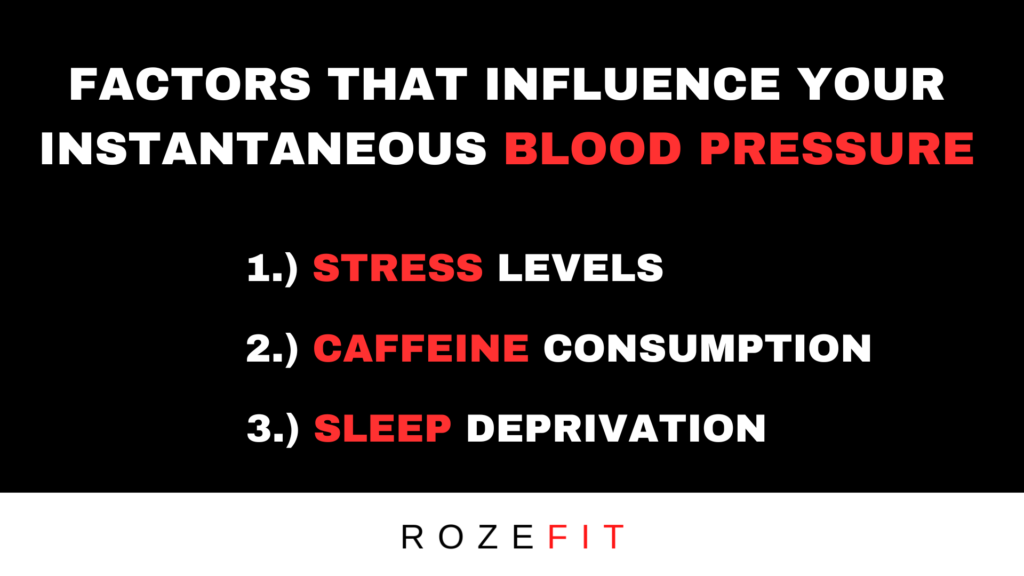
It is much better to track blood pressure each day, twice a day – and then take a look at trailing averages.
You can click the blood pressure log below to download it and start tracking your blood pressure.
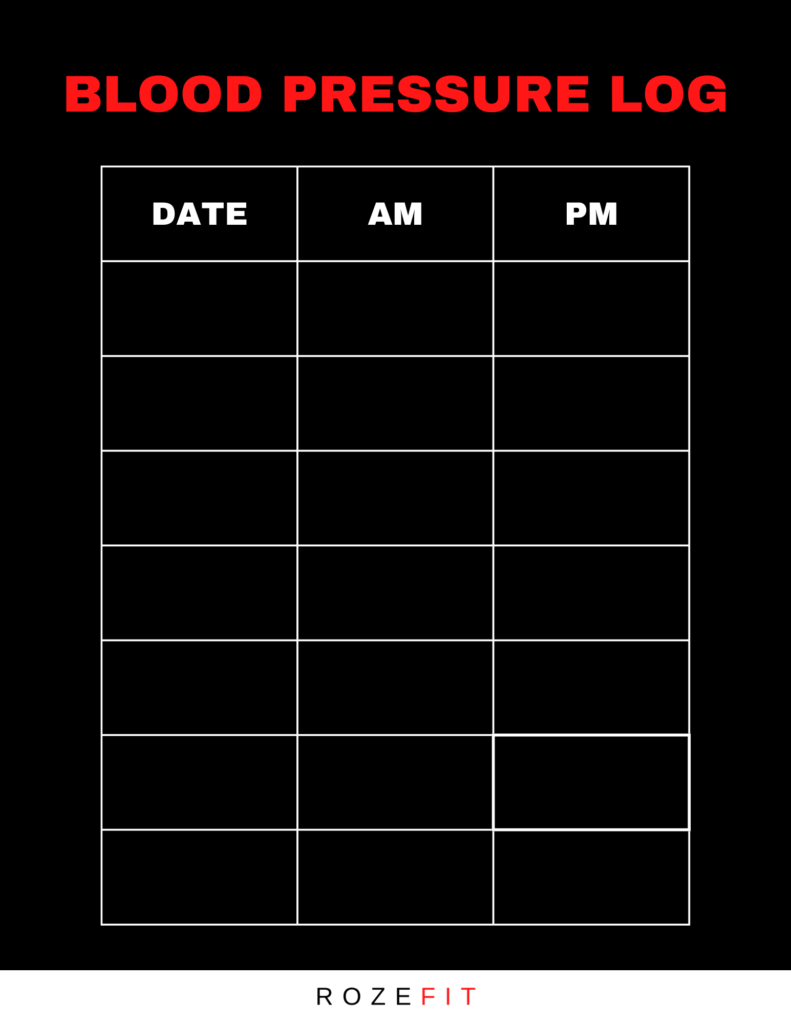
Get Granular With Your Blood Pressure
Get yourself a good automatic blood pressure cuff like this one and take a reading first thing in the morning when you wake up and then again before bed.
You’ll get a systolic number and a diastolic number.
High blood pressure is defined as anything higher than 120/80.
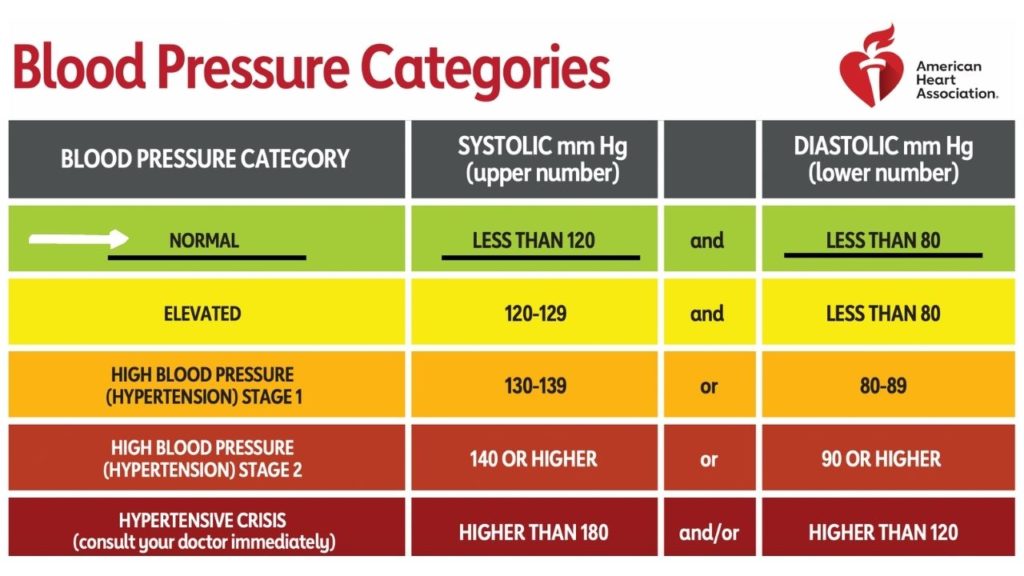
Each day you will notice that your blood pressure will be different.
Some days it may be a bit elevated and other days it might be a lot lower.
But we really are concerned with what is happening MOST of the time.
Taking your blood pressure every day will give you excellent insight into your ACTUAL blood pressure.
| Day | Systolic | Diastolic |
| Day 1 | 115 | 70 |
| Day 2 | 130 | 88 |
| Day 3 | 140 | 86 |
| Day 4 | 110 | 71 |
| Day 5 | 137 | 85 |
| Day 6 | 130 | 86 |
| Day 7 | 139 | 89 |
For example in the table above, day 1 reads a systolic of 115 and a diastolic of 70.
No elevation by any means.
However, on days 2,3,5,6, and 7 there is clear indication of hypertension.
Now if you just happened to take your blood pressure that one time on day 1, you would have thought the coast is clear.
This of course is not the case and most of the time you actually do have high blood pressure.
It’s a silly example but exemplifies the point that you really need several data points to corroborate a true hypertensive diagnosis.
Take Control of Your Health
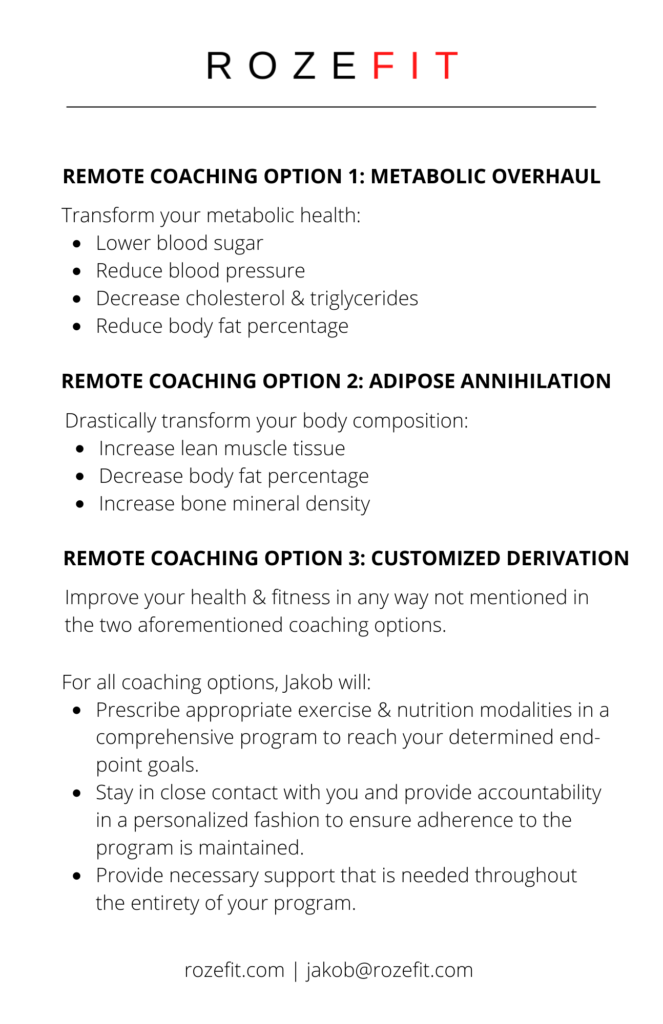
Middle-age comes with it’s unique health considerations but it is not something to be afraid of.
Aging is a natural process of life and the best thing you can do is take control of your health so that you can show up for your family and loved ones.
Most of us don’t go around thinking about our health until something bad happens to us.
But your health is the most sacred thing you have and there is no downside to being proactive about it!
So many of my clients report feeling immensely better about their body’s once they start taking action.
If you need any help getting your health & fitness back on track, please feel to reach out.
I am always happy to answer any questions you have and get you started!
You can also take a look at my coaching opportunities if you want a little more guidance.

